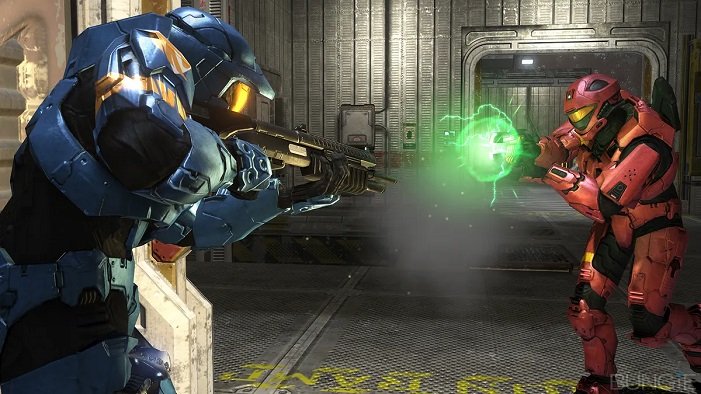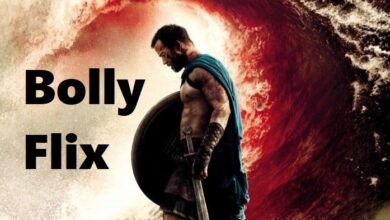Halo (2003) game icons banners: A complete guide

Greetings, gamers and Halo enthusiasts! Today, we delve into the iconic world of “Halo: Combat Evolved” (2003), exploring its revolutionary game icons and banners that defined a generation of gaming excellence. Join me as we uncover the design principles, cultural impact, and enduring legacy of Halo (2003)’s visual identity.
Introduction: Halo (2003) – A Game-Changing Experience
Halo: Combat Evolved, released in 2001 and enhanced in 2003, marked a watershed moment in gaming history. Beyond its gripping storyline and innovative gameplay mechanics, Halo (2003) captivated players with its unparalleled visual aesthetics. Central to this visual appeal were the meticulously crafted icons and banners, which not only facilitated gameplay but also immersed players in the rich, expansive universe of Halo.
The Essence of Game Icons: Design Philosophy and Functionality
Game icons in Halo (2003) serve as essential elements of the user interface, representing weapons, vehicles, equipment, and interactive elements crucial to gameplay. The design philosophy behind these icons emphasizes clarity, functionality, and visual distinctiveness, ensuring players can swiftly navigate and engage in the frenetic action of combat.
Clarity and Functionality: Each icon in Halo (2003) is designed with a minimalist approach, featuring clean lines, bold colors, and distinctive shapes. Whether it’s the iconic silhouette of the Energy Sword or the utilitarian design of health packs, these icons are crafted to be instantly recognizable amid the chaos of battle, enhancing gameplay efficiency and player immersion.
Evolutionary Design: Across subsequent Halo titles, from Combat Evolved to the latest iterations, the evolution of icon design maintains consistency while adapting to technological advancements and player expectations. This continuity not only reinforces the franchise’s visual identity but also underscores its commitment to delivering intuitive and visually cohesive gaming experiences.
The Artistry of Banners: From Loading Screens to Visual Storytelling
Beyond their functional roles, banners in Halo (2003) serve as larger-scale visual narratives, enriching the game’s storytelling and thematic depth. These banners adorn loading screens, promotional materials, and multiplayer interfaces, capturing pivotal moments, themes, and iconic characters within the Halo universe.
Visual Narrative and Atmosphere: Banners in Halo (2003) are meticulously crafted to evoke emotion, intrigue, and anticipation. Through dynamic compositions, thematic color palettes, and evocative artwork, these banners immerse players in the epic scale and sci-fi ambiance of Halo’s universe. Whether depicting the grandeur of Halo’s ringworlds or the intensity of interstellar battles, each banner enhances the player’s journey through visual storytelling.
Artistic Expression and Immersive Design: The design of banners exemplifies a harmonious blend of artistic expression and functional design. Each banner not only complements gameplay mechanics but also serves as a visual gateway, inviting players to explore and engage with Halo (2003)’s narrative and thematic depth. From promotional teasers to immersive loading screens, these banners showcase the evolution of gaming aesthetics and the power of visual communication in gaming.
Design Philosophy: Balancing Form and Function
The design philosophy behind Halo (2003)’s icons and banners reflects a commitment to balancing form and function, aesthetics and usability. Here’s a closer look at the core principles guiding their creation:
User-Centric Design: Icons and banners are meticulously designed with the player experience in mind, prioritizing ease of recognition, accessibility, and visual coherence. This user-centric approach ensures that every visual element enhances gameplay immersion and reinforces the game’s narrative cohesion.
Artistic Integrity: While functional clarity is paramount, Halo (2003)’s icons and banners also uphold artistic integrity and thematic resonance. Each visual element contributes to a cohesive visual language that communicates the essence of Halo’s universe, from its futuristic technology to its expansive landscapes and iconic characters.
Cultural Impact and Enduring Legacy
The cultural impact of Halo (2003)’s icons and banners extends beyond gaming to become cultural icons in their own right. These visual elements have inspired fan art, cosplay, and community engagement, fostering a global community of Halo enthusiasts who celebrate the game’s visual excellence and storytelling prowess.
Influence on Gaming Visuals: Halo (2003)’s design aesthetics have set benchmarks for visual fidelity and artistic direction in gaming. The iconic status of its icons and banners has influenced countless games across genres, shaping industry standards and inspiring developers to push the boundaries of visual storytelling in gaming.
Community Engagement and Nostalgia: The enduring popularity of Halo (2003)’s icons and banners continues to resonate with fans, sparking discussions, retrospectives, and celebrations within the gaming community. As symbols of gaming innovation and cultural significance, these visual elements evoke nostalgia and inspire new generations of gamers to experience the magic of Halo (2003).
Conclusion
In conclusion, the icons and banners of Halo (2003) are more than visual elements; they are integral components of a gaming masterpiece that continues to captivate and inspire gamers worldwide. Their design excellence, narrative depth, and cultural impact underscore their place in gaming history as icons of innovation and artistic achievement. As we celebrate Halo (2003)’s visual legacy, let us appreciate the artistry and craftsmanship that define these iconic elements. Whether you’re revisiting the game or discovering it for the first time, take a moment to immerse yourself in the visual tapestry of Halo (2003) and its enduring impact on the world of gaming.




